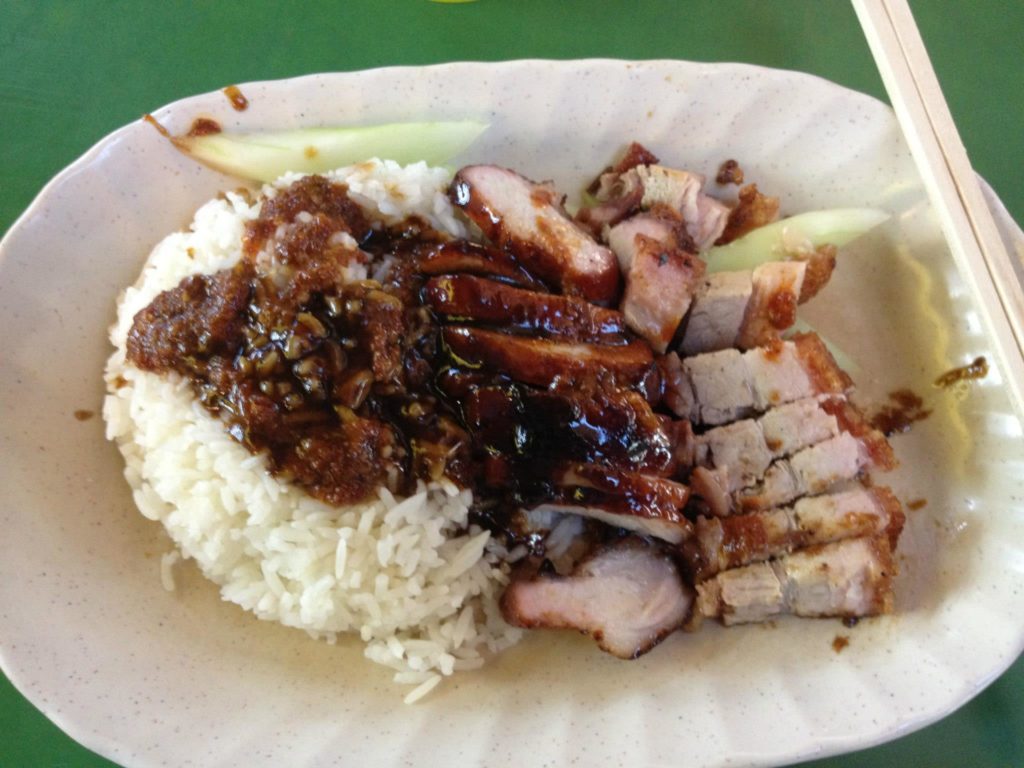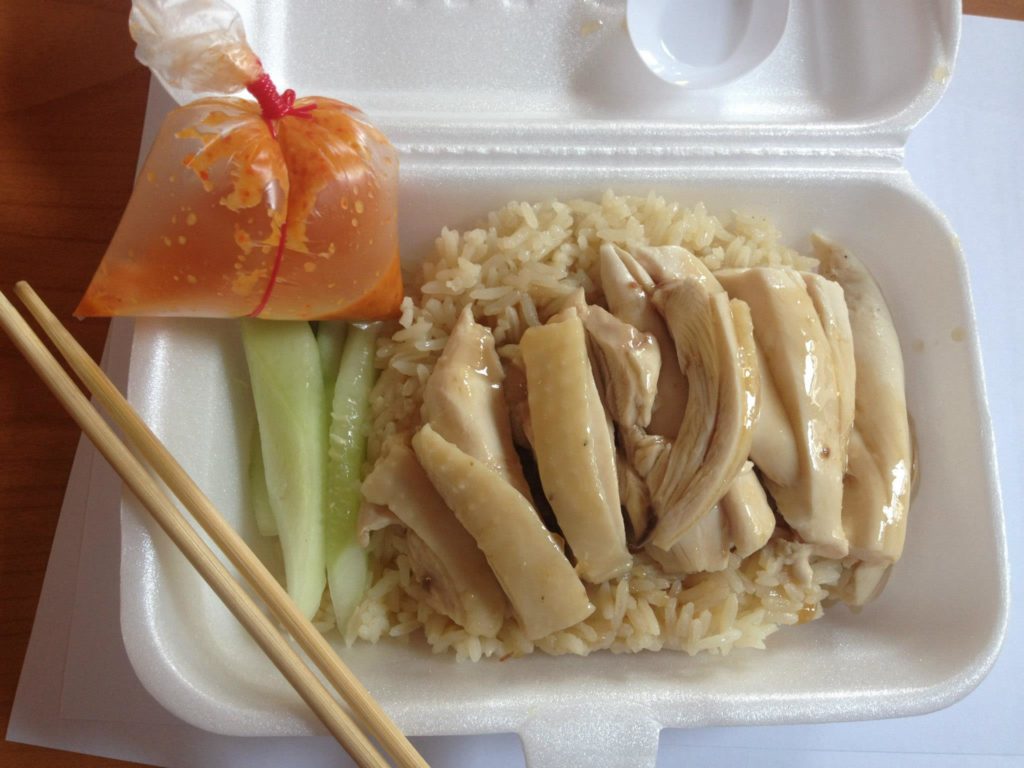As a [quasi] Singaporean and a [full on] foodie, I am conflicted regarding the Michelin guide’s recent arrival in Singapore. The lion city has one of the richest food cultures in the world and is sadly an overlooked gem by many who do not have the privilege to call the island home. The Michelin guide will no doubt attract more attention and indeed will serve as a symbolic hat tip to the unique culinary customs Singaporeans cherish so much.
Yet luxuriating the hawker stalls that for generations have spread the gospel of what quality street food should taste like, is an unnecessary gesture. Singaporeans don’t need the French to tell them which stall hawks the best hainanese chicken rice, ba ku teh, or laksa. Singaporeans don’t need a two dollar plate of char kuay teow to inevitably double in price once the tourists start to flock by the dozens.

Photo courtesy of Nick Meyer
My point is, as eaters with some of the world’s highest standards, Singaporeans will always be able to select their food based on the age old system that has never failed: eat at the hawker with the longest queues.
I must admit that I am generally a fan of the Michelin guide, having amassed no fewer than 15 stars in my time as a restaurant-goer. Call me a snob, but sometimes I enjoy little more than the likes of a nice seared lobe of foie gras with shaved Alba white truffle accompanied by a chilled glass of Chateau d’Yqueme at a starred restaurant.
That being said, to see the food of my home country commoditised as little more than a marketing gimmick deeply saddens me. Plenty in Singapore may be welcoming the guide’s arrival, citing it as an unprecedented opportunity to showcase the equatorial city-state’s best food. That’s fair enough considering that not nearly enough people around the world know that Singapore is an epicurean meltingpot, let alone even know where Singapore is located.
Singapore’s three primary ethnic groups–the Chinese, Malays, and Indians–all offer culinary traditions that collectively have created a unique incarnation of South East Asian cuisine deserving a prominent spot on the global stage. But a crucial element of Singaporean food is its humble origins, which the Michelin guide does not do justice to.
With English, Mandarin, Tamil, and Bahasa as Singapore’s official state languages along with provincial Chinese dialects and Singlish featuring prominently in every-day life, it’s often said that food is truly the city-state’s common tongue. Singaporeans of all social standings assemble daily at the legendary Hawker Centres–government regulated indoor/outdoor food halls where street vendors were moved to in the 60’s–to feast on local delicacies, some of which are seldom found outside of the Straits of Johor.

Photo courtesy of Nick Meyer
These Hawker Centres are, simply put, no place for the Michelin guide. Take Maxwell Food Centre, a personal favourite of mine on the edge of Chinatown. In a former military barracks, more than 100 stalls hawk Cantonese roast meats, Malay curry puffs, and Indian biryani, all for under a tenner, and all to hungry patrons crowded around simple formica tables.
For times when I don’t want to see a single tourist, I head down the block to Ann Siang Hill, where I snack on Kaya, a coconut-pandan jam, spread on thick buttered toast, with a strong black coffee from the Hainanese Kopitiam (coffee shop) stall. There, it is dark, slightly dingy, and the only thing protecting you from the swampish humidity is the rusty aluminum fan overhead. There, you are surrounded by old aunties drinking teh tarik (pulled milk tea) and speaking in an antiquated form of Hokkien, a language that could someday be extinct along with many of these food customs if Singaporeans are not careful. This, a culinary temple plucked from another age, is no place for the michelin guide.
The times are changing in Singapore and with changing times come changing tastes. So I say, let Michelin go out and give stars to the glitzy haute-cusine strongholds that now dot the island; let Michelin beam over the innovative hipster-dens that are redefining what Singaporean food can be; and let Michelin give stars to the restaurants that run at least $50 a head. But leave the Hawkers alone.
Pardon my language, but I don’t give a flying fuck if my favourite Char Siu stall in the world has one star or two or three, and neither should you. Good food is good food, doesn’t take a foodie to know that.


